Harley's EV Conundrum
Las Vegas, Nevada, United States
As Harley-Davidson increases its presence in the EV sector, we examine the moves being made by the company with the release of the 2019 Livewire’s specs, as well as a pair of e-protobikes, and how it will affect the MoCo down the road.
This week Harley-Davidson unveiled a pair of electric prototype models at the annual Consumer Electronics Show — better known simply as “CES” — in Las Vegas, Nevada. Though the new electrified two-wheelers are only concept bikes, they nonetheless clue us into the direction the Milwaukee-based manufacturer intends on going. Interestingly, the bigger takeaway from the Sin City trade-show was the MoCo’s official release of its inaugural model’s specs and pricing.
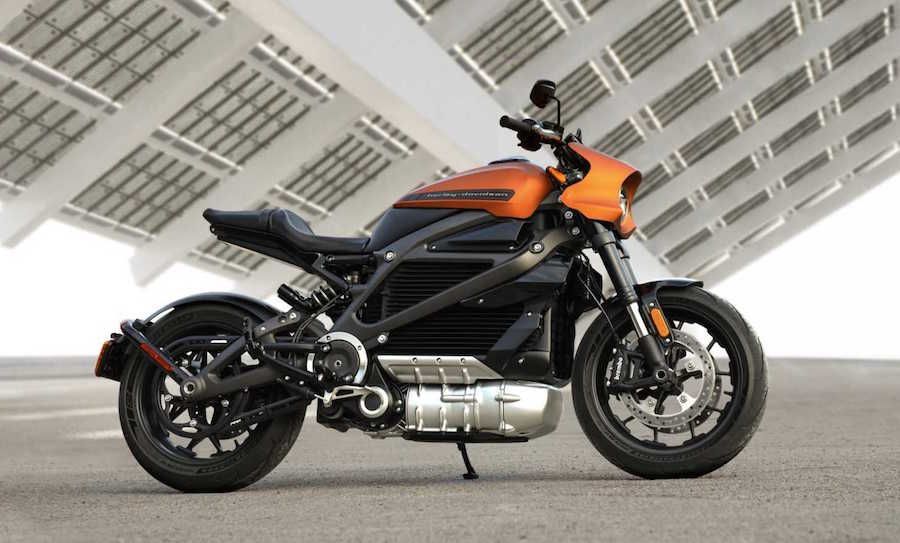
The 2019 Harley-Davidson Livewire
Before It Went Live
It was roughly five-years-ago that Harley announced Project Livewire. The MoCo took the proto-E-bikes on tour, got feedback from the riding community, and made vague promises of eventual production. Come 2018 and Harley finally declared it’d be putting the Livewire into production the following year, though exact specs and pricing hadn’t yet been released, granted photos of what were touted as final production versions of the e-scoot revealed ample details.
Despite dominating the North American motorcycle market, Harley was far from immune from the ill effects that followed the financial crash of 2008. Bike sales plummeted, but after a few years began to slowly bounce back. While other non-cruiser segments started seeing an influx in popularity, Harley’s sales — while still leading in the US — saw little growth.
Reigniting The Fuse
While the economy and market was righting itself, it became increasingly clear that Harley’s core demographic was aging and on the way out. The majority of people buying new Harley’s had either bought, or were buying their last bike and the younger generation, that’d previously stepped in to fill the sales gap, failed to do so this time around. As more time passed sales remained stagnant, and the company began making moves in an effort to attract that sweet, sweet millennial demo.
Though the project was still technically in development, from all outward appearances it very much looked like H-D had largely placed the Livewire project on the backburner. At least that seemingly was the case until it was abundantly clear to Harley that the Livewire could be an instrumental tool in nabbing a younger generation of riders.
When Attracting Hipsters Goes Wrong
Over the same half-decade in which the Livewire existed, the American marque made a number of other moves in an attempt to entice the 18-34 (year-old) set in the form of the release of a new sub-$10,000 model, the Street Rod, though it received a fairly lackluster reception from the motorcycling public, regarded as relatively cheap and plasticky — a stark contrast from the firm’s typical wares. The outfit also expanded its already massive (and admittedly fantastic) parts and accessories catalogue, and debuted a few new gussied up (and/or hipsterfied) versions of existing offerings like last year’s Iron 1200 and the Forty Eight Special.

Models like this are definitely more attractive to the younger generation of riders than H-D’s typical, big-bore cruiser offerings
Putting Eggs In The LiveWire Basket
As things went from bad to worse for Harley, the marque’s repeated failure in recent years had almost become a punchline. The company needed a hit, and it needed it yesterday. If things continued heading in the same direction, the more than-century-old outfit would sadly be forced to close its doors. Harley needed a Deus Ex Machina, and it seemingly looked to the Livewire.
The electric Harley had a myriad of features that lent themselves particularly well to new (or novice) riders, making it a more attractive offering than your average motorized two-wheeler. The twist-and-go throttle means no clutch-work or shifting is required, greatly lowering the intimidation factor. The electric high-tech nature alone was probably enough to attract some riders, granted I’m sure the company expected a handful of sales just based on the strength of its name being on the “tank”.
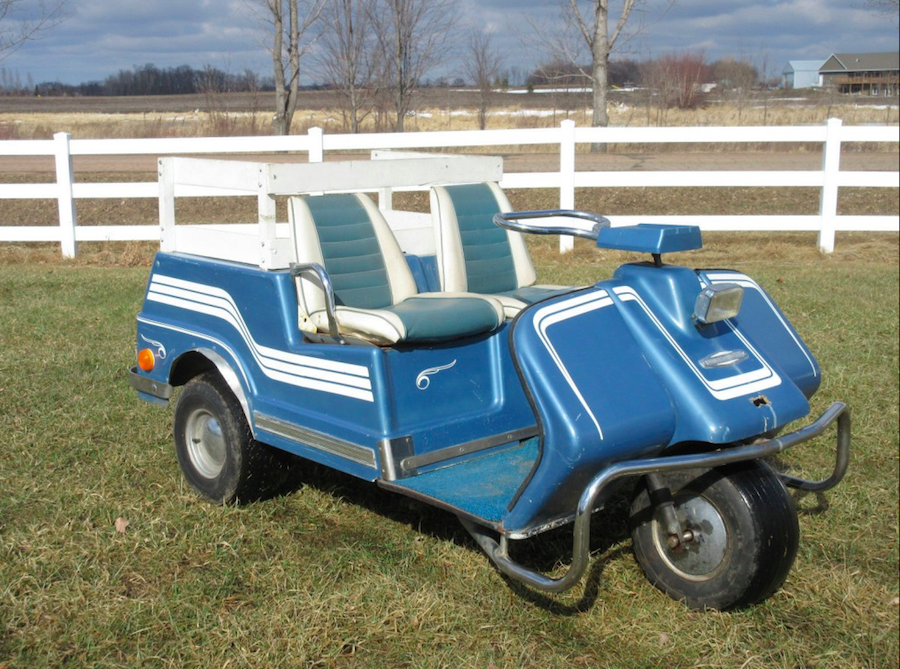
Harley's first-ever fully electric production offering was a battery-powered three-wheeled golf-cart
Not Your Dad’s Harley, But Priced Like One
The Livewire is an aggressive and sporty streetfighter that’s strangely unorthodox for the brand. The model boasts a fairly aggressive riding position, a cast aluminum chassis, high-end Brembo braking hardware, fully-adjustable Showa suspenders, Michelin sport rubber, traction control and cornering ABS. It actually reminds me a lot of the fully electric American streetfighter, the (formerly Brammo) Victory Empulse TT — which was priced at $20K mind you.
Now for the hard numbers; the Livewire’s batteries are reportedly good for 110-mile range comprised of both urban and free-way riding. Top-speed is said to be 110-miles-per-hour, and 0-60mph-time has been reported at 3.5-seconds, which isn’t bad — granted a used $1-2K late-‘80’s/early-‘90’s Japanese 600 i4 will also do 0-60 in 3.5 (as will Harley’s own V-Rod). Finally we come to the price, which is a staggering $29,799. That’s right, just south of $30K!
NOT A Bad Bike, Maybe A Bad Idea
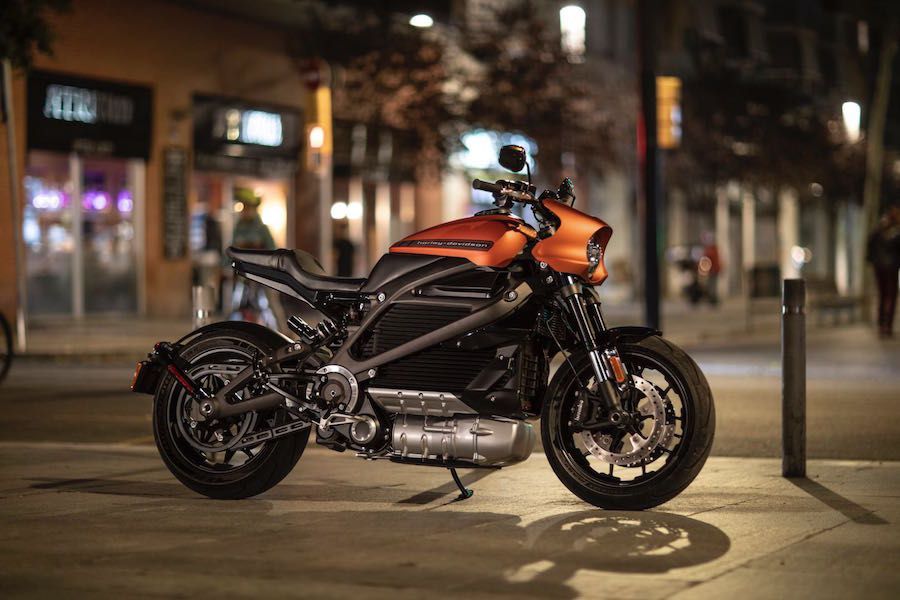
The Livewire is slated to roll into dealerships later this year
The Livewire is definitely a premium offering — as its MSRP suggests. On top of the trick running gear, the E-Fighter also sports an array of trick tech, including an LTE-linked Telematics Control Unit that pairs with the owner’s smartphone and gives an array of realtime data such as diagnostics, turn-by-turn GPS directions, etc.
Upon first hearing the Livewire’s MSRP it does admittedly sound a bit — like a lot a bit — on the steep side, though it is a premium offering from a premium brand. Energica sells electric motorcycles for $30K, some models for even more, so what’s the problem?
Well, if everything was coming up Harley and the company was experiencing satisfactory growth, profit, and sales, the Livewire’s exorbitant price wouldn’t be a big deal. It’s priced similarly to other high-end models from the American cruiser powerhouse. However a premium offering being sold by a premium brand is exactly what hasn’t been working for Harley over the last decade or so. The high-dollar MSRP’s are extremely cost-prohibitive, especially for a younger audience, like the one Harley is seeking to attract.
The Cost Barrier
Harley-Davidson CEO, Matt Levatich has previously talked up the Livewire’s twist-and-go nature, and how it should draw in new non-riders thanks to its ease-of-use — which Levatich said was comparable to using a pedal-powered bicycle. So it’s a tad bizarre that Harley would opt to make the Livewire such an elite offering at nearly $30K, if it was supposed to be a tool to attract new riders, i.e. new customers.
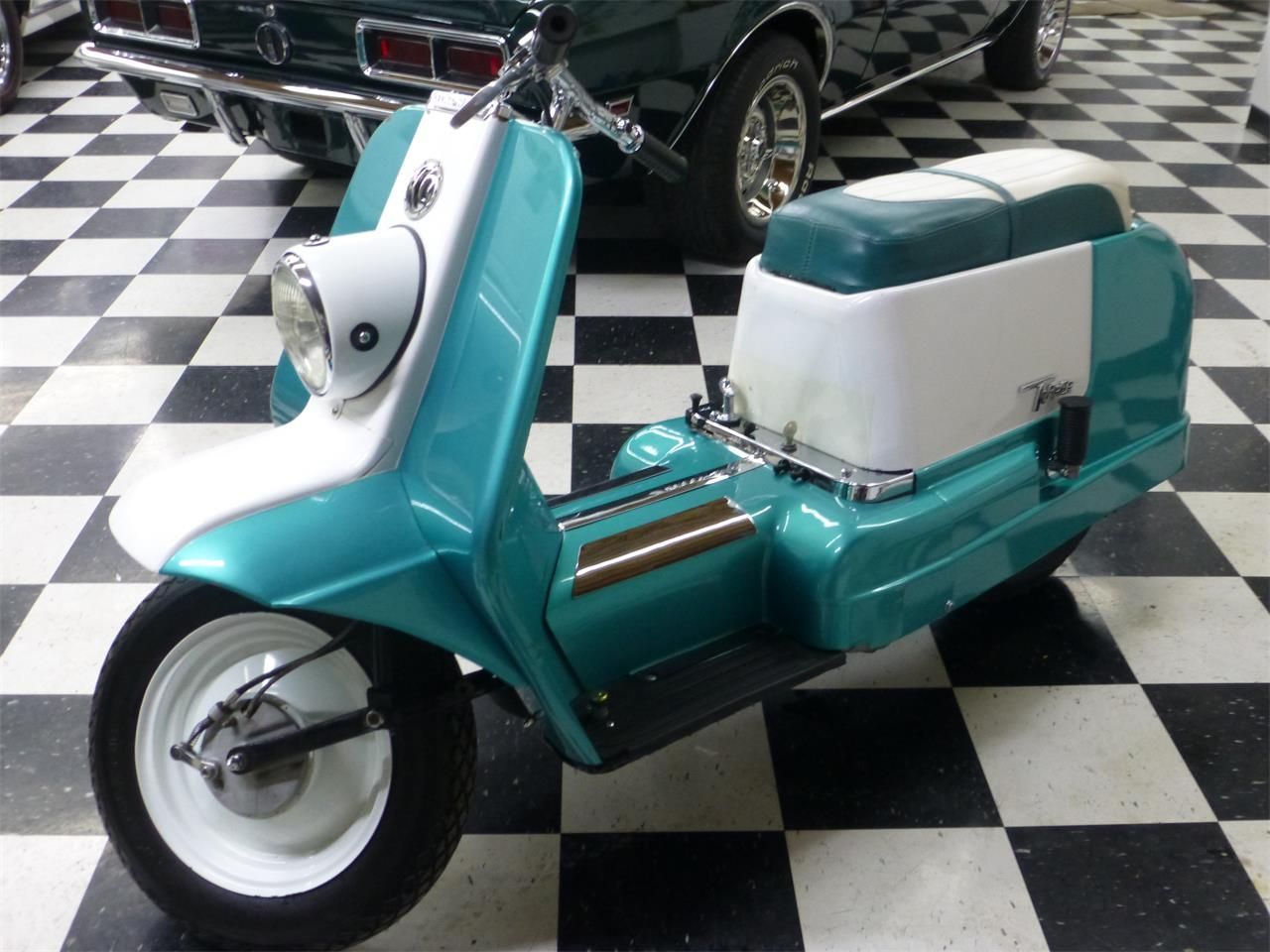
Harley previously produced a scooter in the 1960s known as the
So when you want millennials to consider making the jump from four-wheels to two, it doesn’t help to price your two-wheeler at a figure higher than a brand new Ford Mustang, Nissan 370Z, Chevy Camero, Dodge Challenger (or Charger), Jeep Wrangler, Toyota 86, Suburu WRX, etc.
Timing Is Everything
When Harley first announced Project Livewire, electric motorcycles were still somewhat novel machines. The firm did a tremendous job of building hype for the e-model, taking the Livewire on tour, letting journalists, (and a select few from the public) test ride the things. However over the five years that the project lingered, that hype quickly evaporated. So, by the time the MoCo finally announced the Livewire was headed to production in 2019, the news was widely met with proverbial yawns.
The Alta Saga
Harley was previously working with Alta Motors — a company that, prior to recently going under, produced some absolutely incredible ebikes with batteries that, at the time, had the highest energy density of any production electric vehicle on the market — higher than Tesla’s X and S. In addition to Alta’s fantastic battery packs— which were developed and manufactured in-house — the Bay Area-based outfit also churned out its own thermal management systems, meaning it possessed some vital elements for any entity looking to break into the EV sector, such as a certain Wisconsin-based motorcycle company.
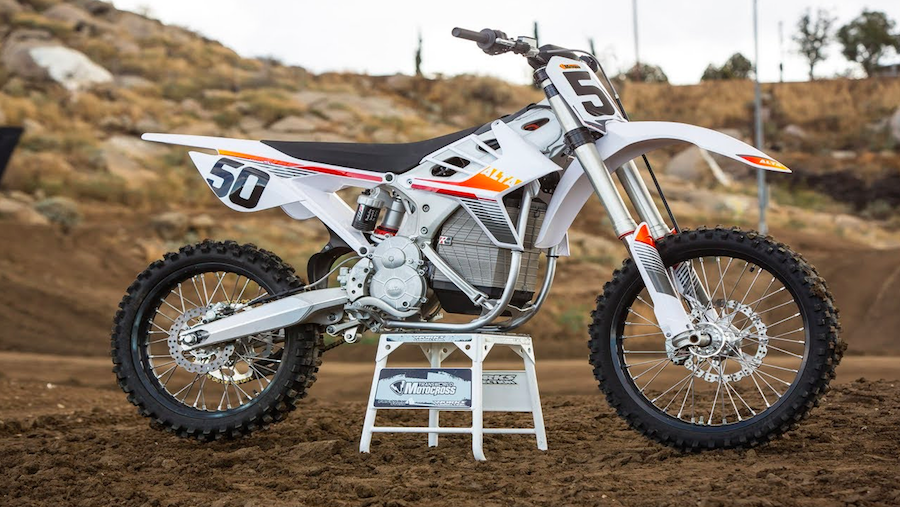
If only Harley had opted to abosrb Alta. If only.
Despite Alta seemingly being ready to hand its tech to Harley on a silver platter (assumably for a lot of cash) H-D for whatever reason instead opted to cut-ties with Alta, appearing to leave them high and dry. This is particularly strange when you look at the Livewire’s batteries and realize they could have been industry-leading units had Harley simply pulled an Aermacchi-type-move like it did in the ‘60s and bought out the company. This also would have theoretically allowed Harley to — for a price – sell (or license) rebadged Alta models under the Harley-Davidson banner, but alas…
Harley Explores New Horizons
Back in July Harley made a monumental announcement when it revealed a myriad of projects slated for future model years. This included a bonafide, ICE-powered streetfighter concept, a 1,250cc Fat Bob-esque “custom”, a near-production-ready Livewire, a full-size V-Twin ADV mount, and several smaller fully electric protorenderings. The announcement — dubbed the “More Roads To Harley-Davidson Plan” — ultimately suggested that Harley had seen the light, recognized what wasn’t working, and was taking active steps towards broadening its customer-base through a more affordable and diverse vehicle range.

The original concept renderings of the e-moped (right) and e-MXer (left)
In the extensive press release the MoCo stated it planned on dipping its toes into markets that Harley had previously largely left untapped like India and China. It would accomplish this goal through the release of several small-displacement-equalivant electric models, one of which was an e-scooter, the other a flat-track-inspired lightweight e-dirtbike.
H-Debuts at CES 2019
While the release of the Livewire’s specs hogged most of the limelight this week, the lesser-reported bit of news was that Harley pulled the cover off a pair of concept bikes that they’d previously teased over the summer with their MRTH-D plan. Simply referred to as “HD Electric Concept 1 & 2” with 1 being the MXer and 2 being the moped.
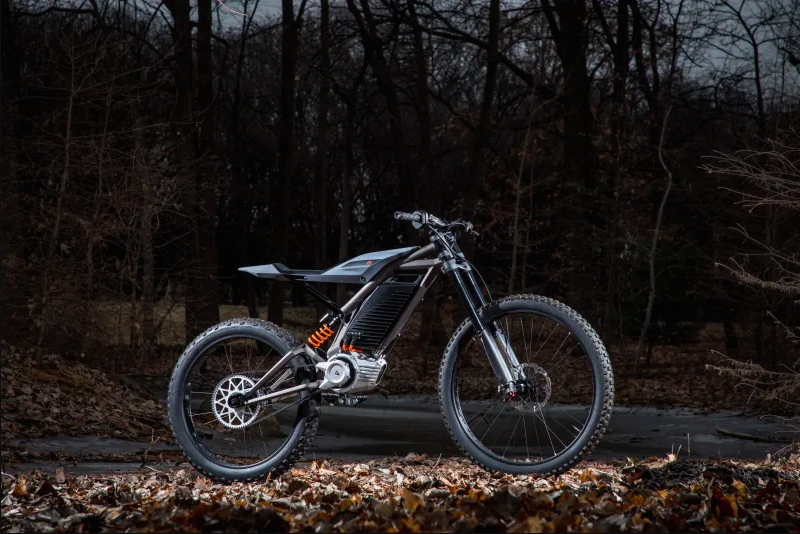
The HD Electric Concept 1
The “1” is a lean electric dirt-goer, almost reminiscent of a trials bike in its minimalism, while simultaneously borrowing its tail-section from the flat-tracker genre. The first concept rides on big off-road wheels, inverted forks and a large monoshock, and the battery appears to have a grab-handle, suggesting the cell is removable for quick, on-the-fly replacements/swaps. As cool as the concept is, it is a little frustrating to see Harley debut an MX model shortly after cutting ties with Alta — a purveyor of fine electric MXers.
Harley E-Scooter Prototype
Harley’s electric scooter concept is all kinds of awesome. The pint-sized prototype is constructed around a simple double-cradle frame with the motor and battery cells housed low along the bottom of the frame. A seat rests upon the slightly downswept top-tube that feeds into a biphercated hardtail rear swing-arm and what looks like a passenger handle. In lieu of floorboards, the protoscoot sports the deck from a skateboard, complete with grip-tape, cut in half from nose to tail and mounted parrallel to each other along the sides of the powertrain.
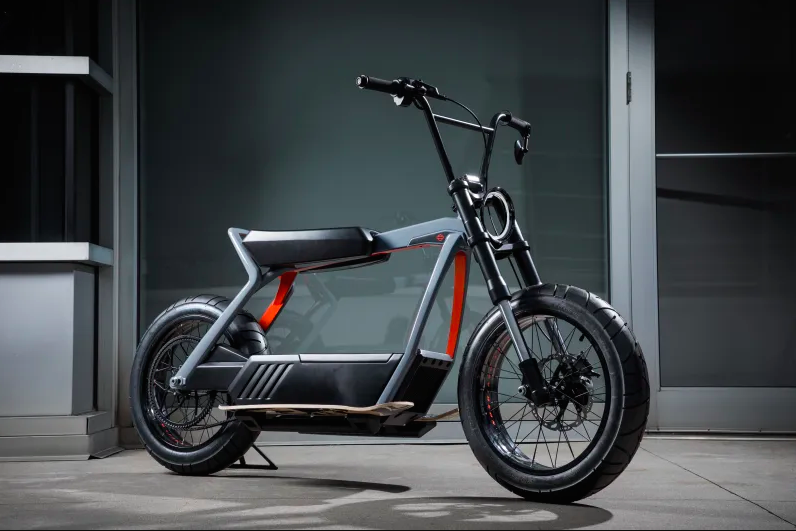
The HD Electric Concept 2
Despite the hardtail setup out back, the Harley scooter boasts an inverted fork in the front, topped off with a BMX-style set of bars. The circular headlight is classic Harley, though its shallow depth and halo-shape put a modern twist on the iconic aesthetic. LED lighting throughout and a lane-splitter-style mirror make it abundantly clear Harley plans on putting these on the road (albeit no visible turn-signals), a fact furthered by the proto’s beautiful Supermoto-esque, spoked-rims. The only stopping power appears to be derived from a single disc and caliper up front.
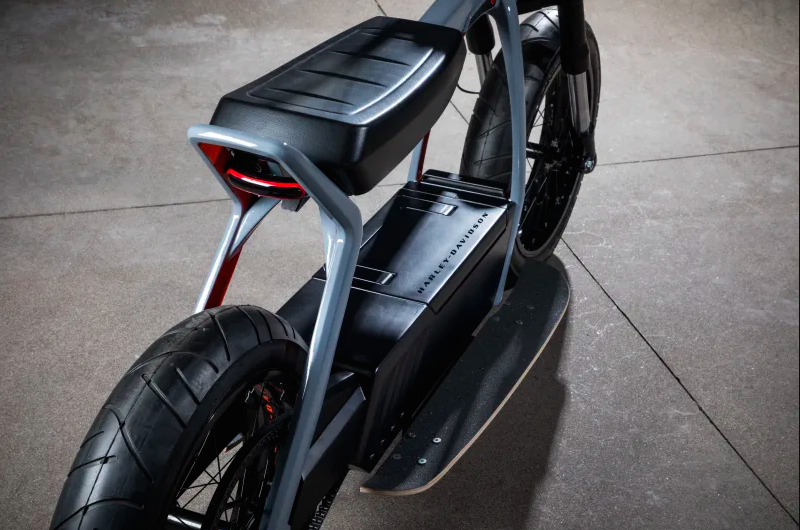
The skateboard floorboards are a unique touch, though it'll be interesting to see if they see the light of production
The Significance of Scooters
As much as we thoroughly dig the HD E-Concept 1, the electric dirtbike market is only so big, so if Harley actually plans on turning to the EV market in hopes of turning things around for the company financially, than it’ll most likely — and probably — do that with the electric moped concept, or an offering like it. Unlike North America where motorized two-wheelers are primarily viewed as luxury items or recreational vehicles, much of the developing world sees bikes as the economical utilitarian modes of transportation (that they objectively are).

Harley's little electric ebike clearly takes inspiration from a myriad of places including mountain bikes and flat track racers
If Harley plans on making its money outside the cruiser market, it needs to deliver a number of hit models in other classes. Not only does Harley’s duo of E-concepts appear to be incredibly easy to operate (lightweight gas and go) they also both happen to be some serious lookers. Making small-displacement sexy is no easy feat, but we gotta hand it to Harley’s design team for this one. It’s these type of attractive designs that have the potential to save the great American brand.
But Who Is It For?
Because the Livewire is such an unorthodox offering for the outfit, it’s hard to imagine normal H-D customs will be interested in the new $30K model. This means potential customers will probably view the machine fairly objectively as they’re attracted to electrics, not Harleys, thus they’ll be taking performance and specs into consideration, and not simply being blinded by the prestige of the iconic brand.
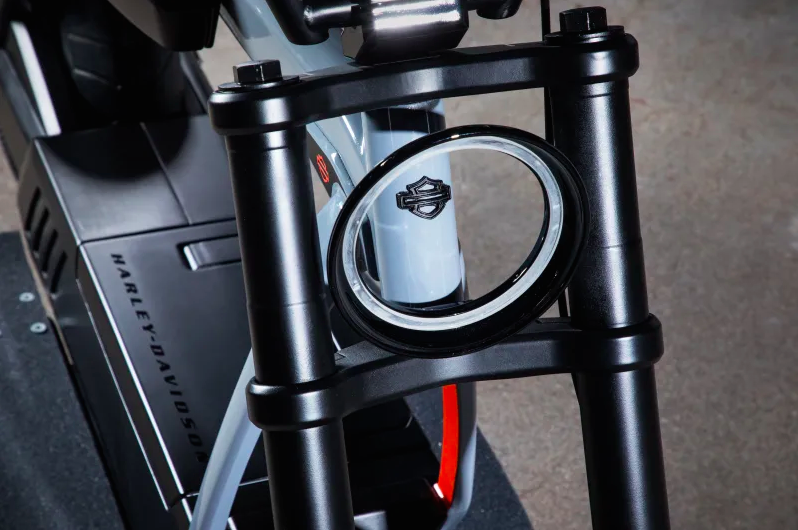
The headlight is an awesome blending of classic H-D style and modern visual themes
That’s where the problem lies; when compared to other electric bikes that are currently on the market, the Livewire isn’t all that impressive. There are other top-shelf eBikes but they offer markedly superior capabilities. Even some of the much cheaper models like the ones from Zero, offer superior performance in many areas, while coming in at a fraction of the price.
Maintaining The Brand’s Prestige
When I first heard Harley was working on a small ebike for overseas markets, I wasn’t sure what to think. The renderings looked cool, but upon hearing more information about the actual concepts, it’s become increasingly clear that Harley plans on remaining a high-end brand. It might be pivoting to sell little ebikes, but they’ll be premium little ebikes. The exclusivity that the brand cherishes is admittedly changing, but not going out the window entirely.

Because it doesn't appear to be street-legal, much like the Livewire, we're not sure who this is for, granted we kinda dig it
But Will It Be Enough?
One reason the Livewire – which is now available for preorder here on Harley’s website — is so expensive is because it’s being produced in relatively small numbers. Hopefully future prices will come down significantly now that tooling, supply chains, and production has been fully setup. Harley appears to have put a lot of effort into attracting new riders through this bike, though I have a hard time seeing that happen — albeit I honestly want them to succeed.
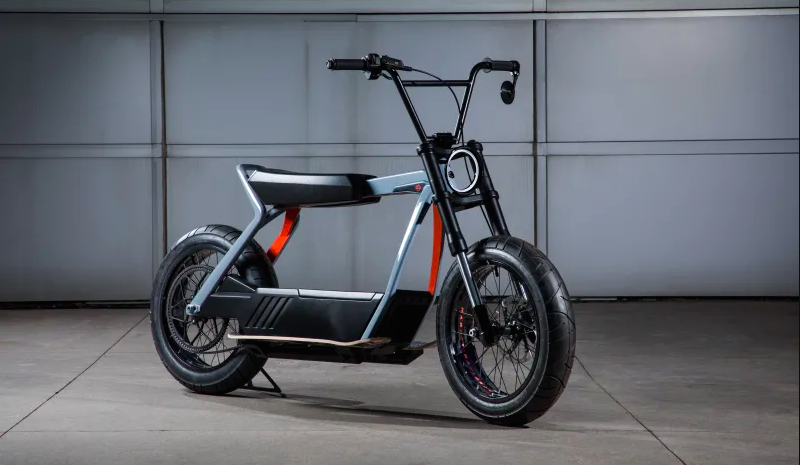
Harley's protomoped (protoped?) is a little bike with big character
I think if the two new electric concepts were to see production that they would probably do pretty well, assuming they’re reasonably priced and not the cost of a mid-range sedan. However the duo of protos is at the very least a few years from production (if ever), and based on Harley’s track-record for releasing EV’s, it might take a while. Hopefully the marque will be able to keep its head above water until then, because I don’t think the Livewire is gonna be tossing it a lifeline anytime soon.
You must be logged in to comment
Login now
@narrlybynature it’s known as the “975 Streetfighter”. It’s slated for a 2020 release, is said to be crazy modular and custom-friendly, and will supposedly be offered in both the 975cc and 1.25 liter displacements. We briefly discussed it back when Harley made their huge announcement in 2018 (linked below)
https://eatsleepride.com/c/275497/harley-davidson_announce_a_revolution_in_adventure_and_electric_motorcycles_for_2020_and_beyond
Yikes, let me say that again. The gas model, that looks like the live wire, that thing would sell. What’s its name? Are they going to make it?